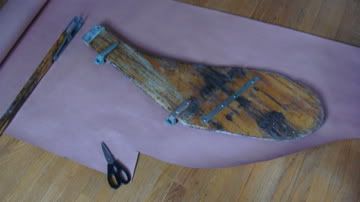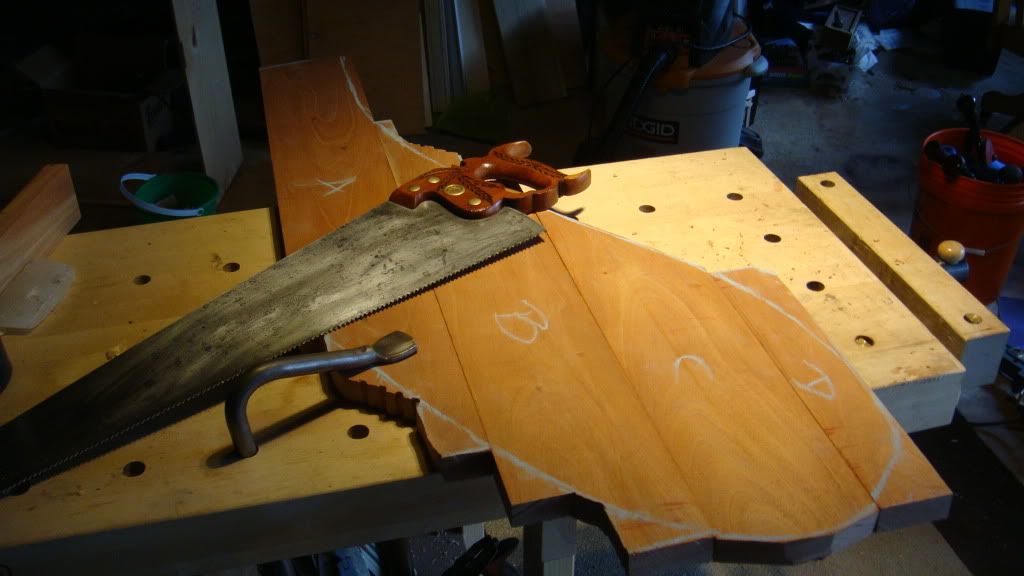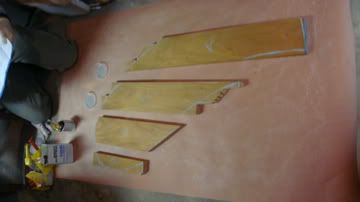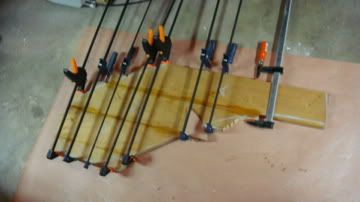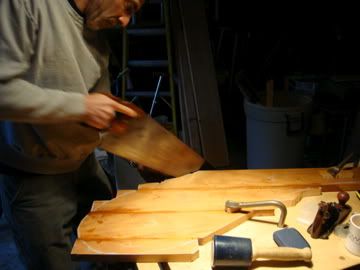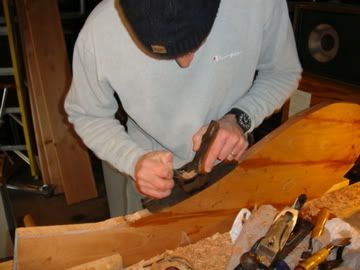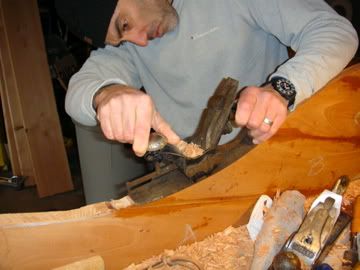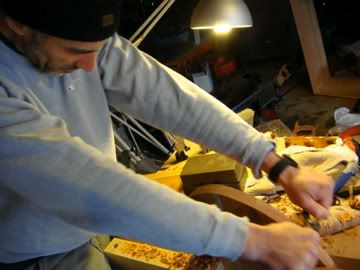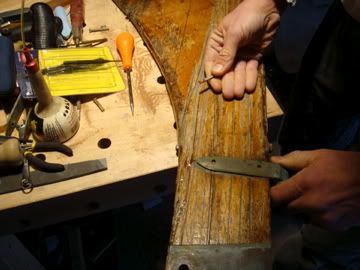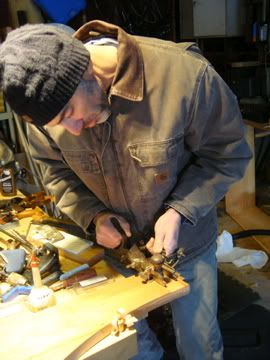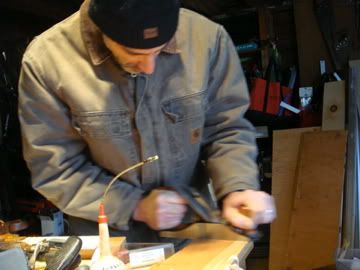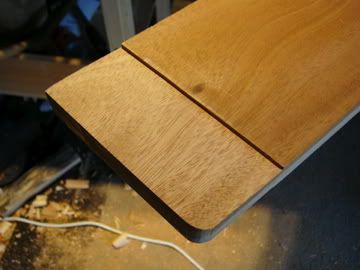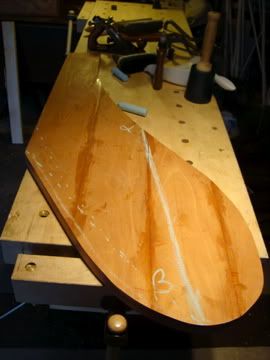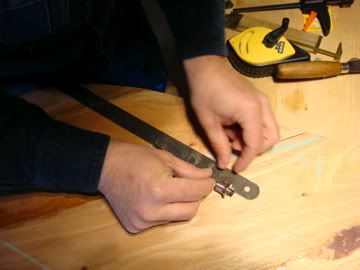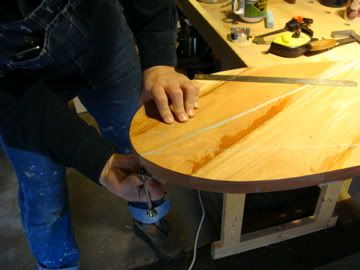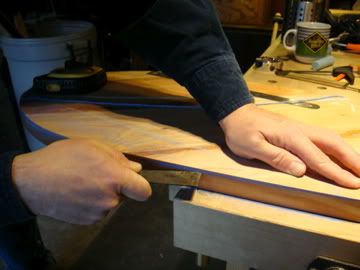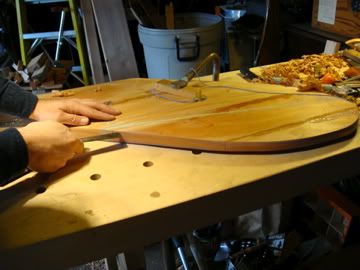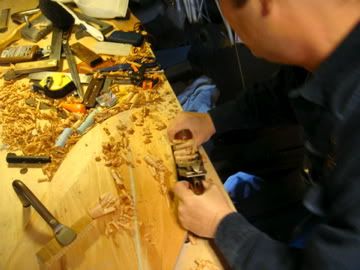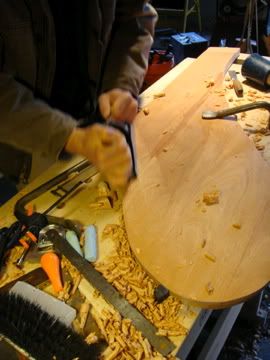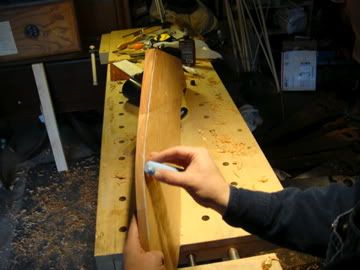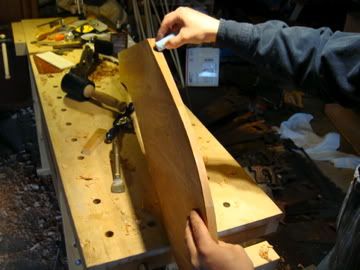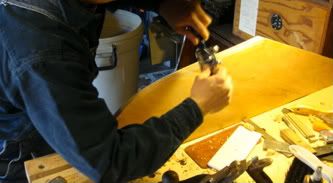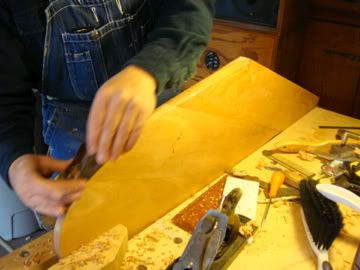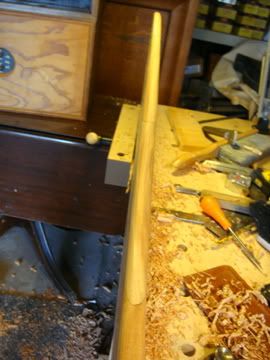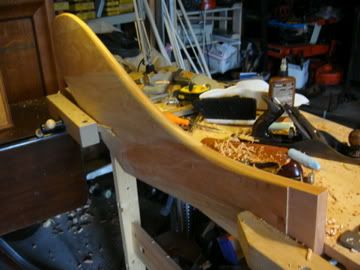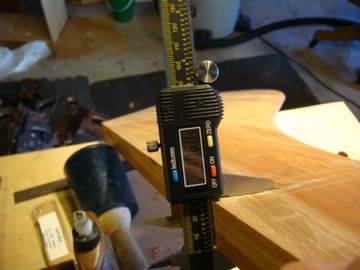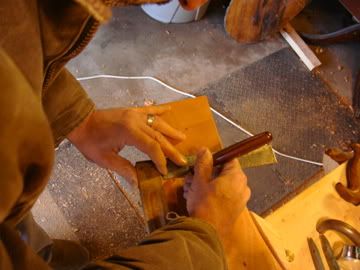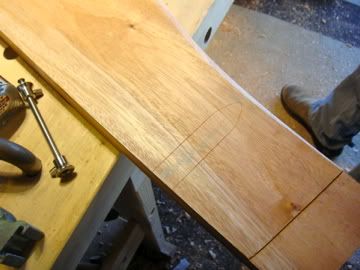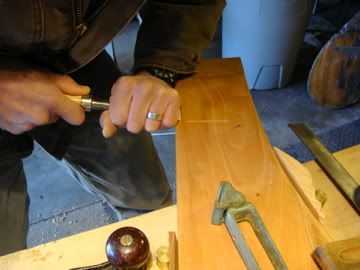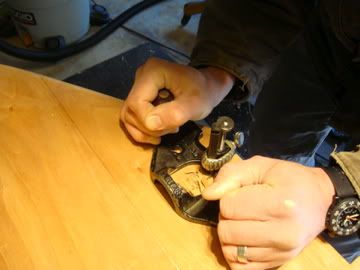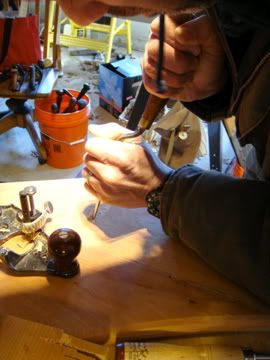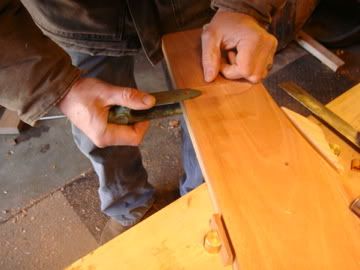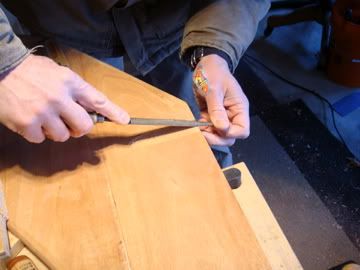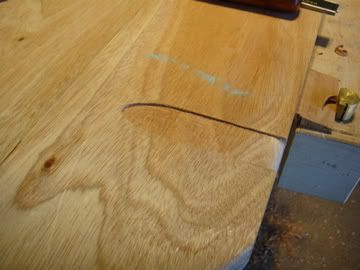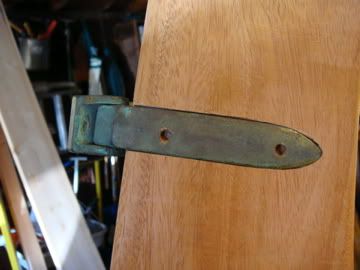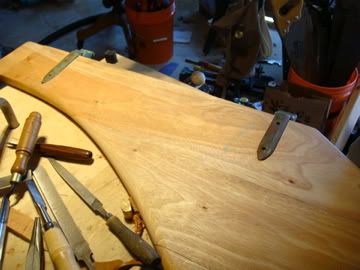Hello boat building forum enthusiasts and lurkers! I usually hang out at the Neanderthal Haven fixing old saws, but a friend of mine recently got a boat and is in the process of fixing it. The rudder is busted up (please see photos) and we are in the process of making another. Could I solicit your expertise?
Here's the plan, please sound off if anything sounds awry:
We've got a 98-inch plank of 4/4 mahogany that's 5.5 wide. We plan to simply laminate it together with marine epoxy and clamps, trim it with saws to resemble the old rudder, shape it and round-over the edges with planes and spokeshaves, cover it with more marine epoxy and polyurethane, and attach the hardware.
rudder1.jpg
The previous rudder has threaded rod ("drifts?") running through it (see second photo) as well as a brass reinforcement strap. These seem to me like repairs that would not be necessary on a new rudder, but contradict me by all means if those would be advisable.
rudder2.jpg
Sadly, I can provide little in the way of graphic representations of nautical sauciness or few details about the boat--if there's interest I'll take photos. (I can take photos if there's interest!) It's a 12 - 14 foot sailboat with a fiberglass hull and transom. There is an iron or steel keel. It has an aluminum mast about 16 - 18 feet tall. Thanks in advance for your suggestions and replies.




 Reply With Quote
Reply With Quote